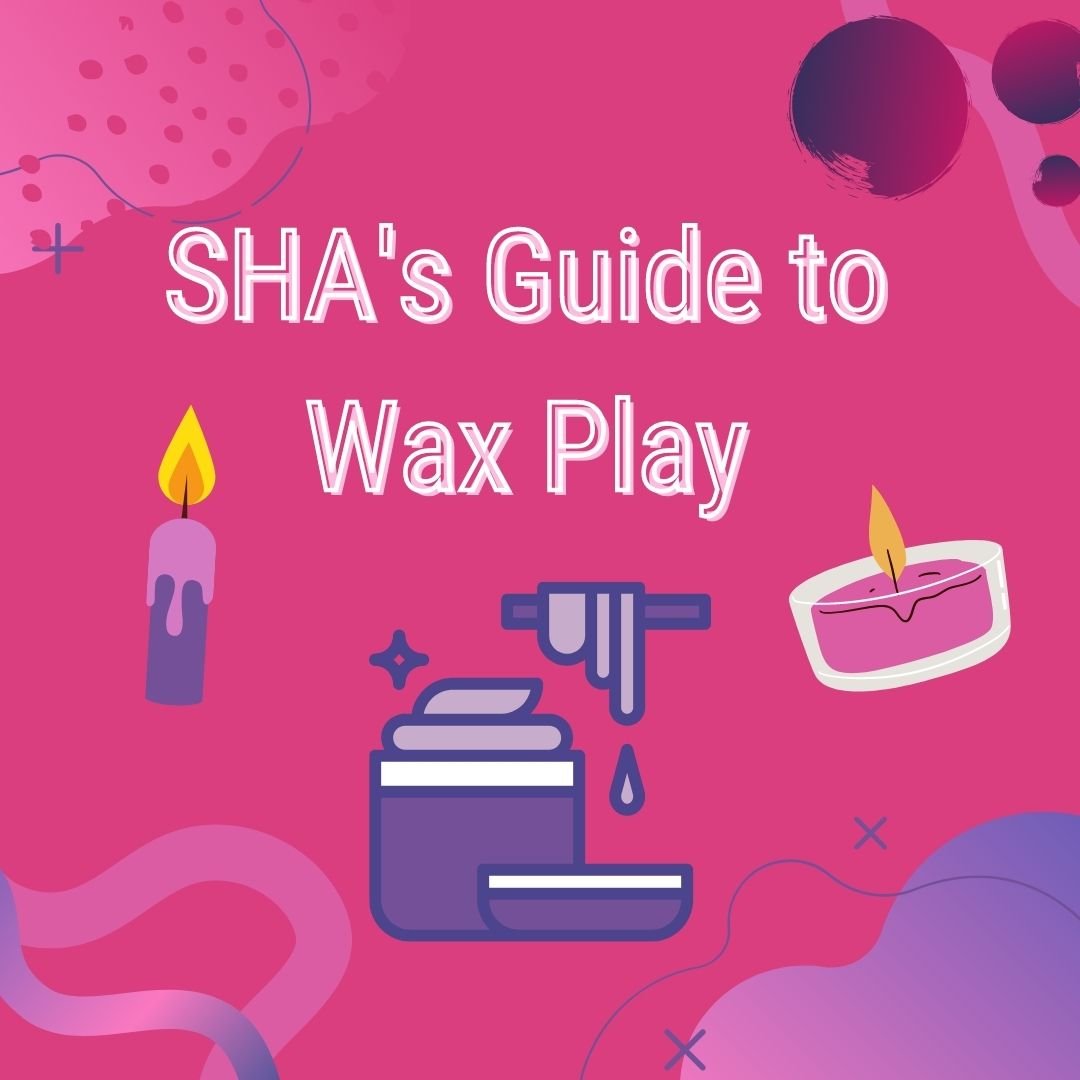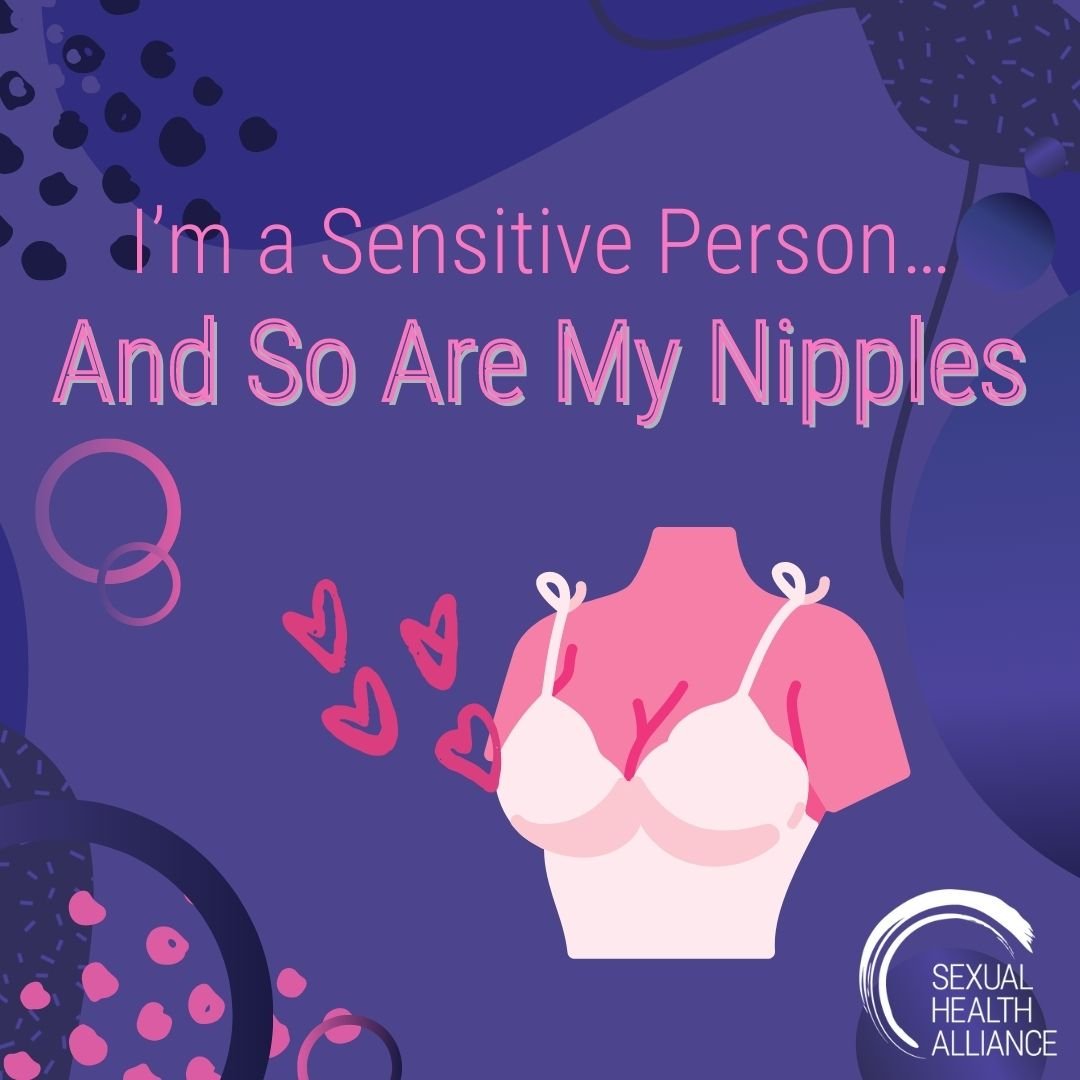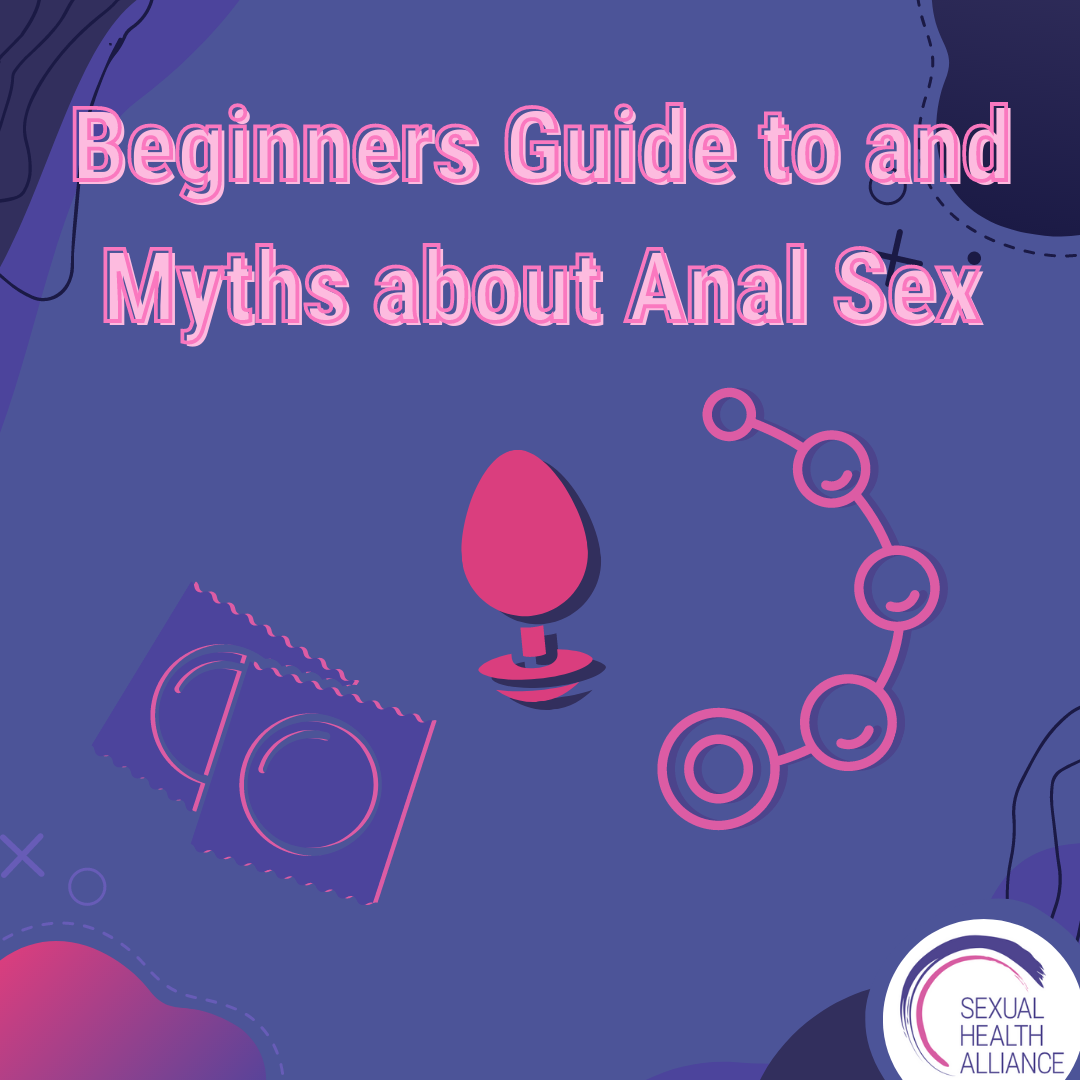Most people have heard of the morning-after pill or the Plan B pill, which is designed to be taken up to 72 hours after unprotected sex or sex where there is a possibility of unwanted pregnancy.t. Not as many people, however, have heard about the abortion pill or the Plan C pill. Plan C has been used by millions of people across the world for the past three decades. These abortion pills work best in the first 11 weeks of pregnancy; using Plan Clater in pregnancy will be more painful and less effective. The risk of complications also goes up as the pregnancy grows. One risk associated with the pill is that it may not be effective in ending the pregnancy, especially if it’s taken later in the pregnancy. It’s recommended to take a pregnancy test 3-4 weeks after taking Plan C to ensure its success. If the test is positive, you should see your medical provider guarantee that the test is a false positive due to the presence of pregnancy hormones. Another risk associated with the pill is if an individual is having an ectopic pregnancy. In this case, the abortion pill will not work and the individual will need medical attention. This is why it’s typically recommended to take a pregnancy test to ensure that your body is healthy and rid of the pregnancy. With these risks in mind, studies still show the Plan C pill to be 98% effective at ending a pregnancy. Also known as "medication abortion," the abortion pill is typically a combination of two medications: Mifepristone and Misoprostol. It involves taking a mifepristone pill first, followed by misoprostol pills 24 to 48 hours later. This is the most effective method of medication abortion. This is the type of abortion with pills is provided by clinics like Planned Parenthood and recommended by the American College of Obstetricians and Gynecologists. The other type of abortion pill is one that contains only Misoprostol; though this method is less effective, as the World Health Organization endorses the use of misoprostol alone for early abortion when mifepristone is not available.
Fetishes: Feet, the Hands of the Legs
When discussing sexual fetishes, many are quick to imagine the foot fetish. Though feet are one of the more common fetishes, any body part can be (and is!) fetishized. There’s a name for this phenomenon: partialism, which refers to the particular sexual interest in a body part. Partialism falls under the category of paraphilic disorder, which refers to sexual attraction to animate objects or specific situations outside of the normative. Paraphilia is sometimes referred to as a disorder, but I would caution you away from this term. These sexual interests are not dangerous unless they cause someone to harm themselves or another, and the term “disorder” connotes something that must be changed. Remember, even LGBTQ+ attraction was considered a disorder until 1987. Partialism is actually distinguished from fetishism because fetishes often center around inanimate objects while body parts are still a part of human beings.
While foot fetishes (also known as podophilia) are some of the most common, there are a plethora of other options: hands, hair, eyes, belly buttons, ears, and armpits are also included. Breasts and buttocks are too, but a fetish for these go far beyond the typical desire for them during sex, and actually involve intense, targeted arousal even outside of sex. Originally, Sigmund Freud hypothesized that people experience attraction to feet because they take a somewhat phallic shape, but today that has been debunked and replaced with more brain-oriented approaches.
SHA's Guide to Wax Play
Wax play is seen to be a form of edge play due to the way you are literally playing with fire. Using candles does hold the risk of causing bodily harm to a person, hence it is on the ‘edge’ of what is considered within typical safety guides. Due to the high risk that comes with wax play, it is imperative to be knowledgeable of the safety precautions you must know before wax play. Make sure to have a cool cloth, a first aid kit, a fire extinguisher, and access to water all nearby at all times. Emotional safety is an additional thought that should be followed through. Giving aftercare to your partner after any play is a great way to help them cope with the sudden drop in hormones after sex, which can result in negative feelings. This could involve hugs, cuddles, or in this specific situation, helping to remove the wax it has cooled. For other ideas, feel free to check out my piece on aftercare which has a whole host of ideas! If you are still feeling unsure, getting formal training could help to ease your nerves. Attend a course or workshop on wax play to learn more, the majority of these are split into two sections: one learning about theory, and the other being more hands-on/practical.
Fetishes: Playing with Food
Sitophilia is the sexual desire for situations involving food. This fetish, also known as “food play” is a relatively common practice, especially considering the scope by which you can define “food.” Recently, this practice has been known as “sploshing,” a subcategory of the “Wet and Messy” fetish which consists of covering yourself or others in non-bodily liquids. Food play is more commonly depicted in media and film than other fetishes. In the 1999 film Varsity Blues, a character covers herself in whipped cream, with cherry nipples. In 50 Shades of Grey, the characters lick ice cream off of each other. While food play is definitely considered a fetish, it has been normalized in mainstream media, more so than many of the other still quite common fetishes.
The draw to experiment with food play seems to come from a number of factors. First, using these items provides tactile stimulation, adding an element of texture to the sense of touch. There are also ways to play with temperature, which can provide additional stimulation. Food play carries the notion of being “taboo” because we are taught that food is not to be played with. Surprisingly, food and sex are closely related in terms of brain function; they each satisfy a biological urge, so combining the two supposedly heightens these experiences. Certain foods are even thought to heighten sexual experience when consumed, such as oysters or chocolate. These foods are called aphrodisiacs, and are commonly referenced in media as the best foods to eat on a date. Food play may also be connected to BDSM, where the messiness of the food serves to humiliate or victimize the submissive.
I’m A Sensitive Person… And So Are My Nipples
I’m just going to come straight out and say it, I LOVE my nipples being played with during sex. Unfortunately, I didn’t realize this until just over a year ago, but making that discovery has made a whole world of difference.
Mainstream pornography seems to suggest that the only way a woman is able to orgasm is by stimulating the clitoris (though I would debate mainstream pornography does a bad job of even showing this). However, there are multiple erogenous zones such as ears and the nape of the neck that, when stimulated, can generate a sexual response. The nipple is an (unfairly) ignored erogenous zones, and due to the way each nipple has hundreds of nerve endings, it can make them super sensitive to touch. Scientifically speaking: when the nipples are stimulated, they shoot off sparks into the genital sensory cortex. In layman's terms, this is the same area of the brain that is aroused by vaginal or clitoral stimulation. Whilst it is possible to have an orgasm by nipple stimulation at any point, they are thought to be even more intense during menstruation because the hormonal changes can increase breast sensitivity and tenderness.
History and Benefits of Legalizing Sex Work
The term prostitution dates back to 2400 BCE and is referenced as an “occupation” in the Bible—we’ve certainly come a long way since then. Now, in 2022, prostitution exists in many forms that would have been unimaginable by its first practitioners, especially with the rise of online sex work over the past decade. Recently, we have shifted the language we use to describe this industry from prostitution to sex work. The term “sex work” acknowledges it as a profession while removing some of the stigmatization and connotations of immorality that the term “prostitution” carries. Now, sex work happens on a global level, at all hours of the day, and across many platforms.
Many of us imagine sex work as it is portrayed in the movies (think Pretty Woman) with feminine, cisgender women standing on street corners, waiting for a “John” to pick them up. In reality, even this in-person form of sex work is much different than its media image. In United States history, sex work has been a significant part of many historical events, although it has been pushed to the back of the narrative. Stonewall, the uprising at the center of the fight for LGBTQ rights in 1969, was an example of this. From the community of LGBTQ+ and people of color in attendance, many were sex workers, though their stories were hidden from the narrative because of the stigma around their work. Aside from street sex work, brothels and escorting are also common forms of in-person sex work.
How Levels of Desire and Arousal Can Vary Between Audio and Visual Stimulation
In 2013 a paper titled Gender Difference in Brain Activation to Audio-Visual Sexual Stimulation; do women and men experience the same level of arousal in response to the same video? was released. In order to evaluate sexual arousal, the study uses conventional audio-visual stimulation, a universal material used to measure arousal. Within the study, they investigated which areas of the brain were activated whilst watching the same clips in order to measure what type of stimulation was most likely to cause brain activation. Aware that the conditions for a woman to become aroused are more complex, the team introduced two different audio-visual stimulation. One was deemed a ‘mood type’ meaning that the video clips were accompanied with a concrete story, the other was a ‘physical type’ whereby it directly exposed sexual intercourse and genitalia. These are the findings of the paper:
The paper opens by making the crucial distinction between arousal and desire, further explaining how the human sexual response, sexual desire, and response to sexual stimulation are completely different between men and women. Men are generally more likely to respond positively to visual sexual stimulation such as erotic videos, but for women, audio stimulation and emotionally relevant sexual stimulation are significantly more likely to result in arousal. The study further states that adolescent boys may experience a strong genital response to visual sexual stimuli, which is usually accompanied by feeling the need to masturbate. In contrast, adolescent girls’ sexual feelings often arise from emotional reactions to their partners. These may be referred to as “the gender differences of the sexual response and sexual function.” Because of these previous findings, the authors realized that “for optimal outcome, we should therefore consider the different preferences of the two genders when studying sexual function and dysfunction”. Merely showing a video that focused on intercourse and genitals would have worked positively for the men but would be less likely to result in stimulation in the brain for women.
Your Brain on Sex
You may have heard of the different places on the body which, when stimulated, can add to sexual pleasure, but did you know that the brain is actually the largest erogenous zone in the body? That’s why it can be helpful—and interesting—to learn about the way sex interacts with your brain and nervous system, to better understand your own body. Through our limited understanding of how the brain functions, we have found some understanding of its interaction with sex and other activities and experiences that can stimulate similar reactions.
There are many sections of the brain that are influenced by sexual activity. During the initial erotic response, in which blood flows down to the genital area and internal stimulation begins, people with male and female genitals experience different brain activity. Those with penises experience increased activity in the insula and the somatosensory cortex, which relate to sensory perceptions and survival needs.
Myths and Misogyny: Why Using A Vibrator Does NOT Make You Lose Sensitivity
The idea that using a vibrator “too often” will desensitize the clitoris has been around for too long. Not only is “dead vagina syndrome” completely false, but extremely harmful. “The idea that you could end up numbing the nerves in your vagina and be unable to have an orgasm is absolutely false,” states Dr. Leah Millheiser, director of the Female Sexual Medicine Programme at Stanford Medical School. Professional sexologist Jill McDevitt backs up Millheiser’s claim, stating that “‘dead vagina syndrome” is a “nonmedical, fear-mongering term invented by people who don’t really understand female masturbation, orgasms, pleasure, or vaginal and vulvar anatomy.”
McDevitt explains that “dead vagina syndrome’’ is a result of the way “society feels and teaches women to feel uncomfortable with the idea of women experiencing pleasure for the sake of pleasure and getting themselves off.” This is further reinforced by the fact that sex education (including the one I received) mentions nothing about female masturbation—this obvious lack easily perpetuates the idea that masturbation is wrong.
Vaginal Discharge 101: What Sex Ed Should Have Taught You
Vaginal discharge comes from the glands inside your vagina and cervix. These glands produce small amounts of fluids, this is better known as vaginal fluid. Every day this fluid flows out of the vagina, cleansing the old cells that have lined the vagina. Monistat makes sure to reinforce the point that this is simply just a natural process for your body to keep your vagina clean and healthy. Discharge varies between every vagina owner, for some they may have discharge every day whilst others have a less frequent experience. Vaginal discharge can also change over the course of the menstrual cycle, these changes in color and thickness are usually caused by ovulation and is once again, a natural thing to happen. For me personally, in the time before the beginning of my period, I find the frequency of discharge increases—before being educated I never really paid much attention, but now I have paid attention to my body and noted patterns, I always know when my period is about to come! Though not mentioned on Monistat’s page, it may be common to find that your vaginal discharge has ‘bleached’ patches in your underwear, leaving a yellow or white stain. Once again this is completely normal and is due to the way that vaginal discharge is naturally acidic.
The Importance of Aftercare
Aftercare is a concept that originated in BDSM communities but is something that should happen after all forms of sex. In general, aftercare refers to what you do after sex to make sure that everyone is okay and taken care of. In BDSM practices there may be the use of bondage or other implements that may cause marks and bruising, part of aftercare in this scenario may involve applying a cold compress to bruises or rubbing in cream on marks. Well+Good’s lifestyle writer, Mary Grace Garis, suggests a sign that you are not practicing appropriate aftercare is experiencing postcoital dysphoria (or in her own words, the ‘post-sex blues’). So why is aftercare so important?
Chemicals and hormones play a major reason why aftercare is so crucial. During sex oxytocin, dopamine, and prolactin get released—however, after sex, these chemical levels begin to dissipate which can result in postcoital dysphoria or other negative emotions. Aftercare may help your body to regulate how it responds as those chemicals dissipate. Providing aftercare after sex helps maintain a sense of closeness in a relationship, making it easier to emotionally respond to chemical levels changing. Remember that intimacy, vulnerability, and connection shouldn’t end with orgasm. Emotional intimacy is just as important as physical intimacy, so prioritizing time for aftercare provides a space to improve this emotional intimacy, and further allows an opportunity for sharing and validating positive emotions.
Sexual Education for Children with Disabilities
Without any federal regulations requiring sex education in schools, each state independently controls its health education curriculum. As a result, only 60% of states require sex education in their schools, and even within this percentage, the actual education varies from abstinence-only to comprehensive, with the latter representing the smallest population. As a result, the majority of educators across the country are either not permitted to discuss contraceptive care at all or are not required to provide scientific or evidence-based information about contraceptives. Out of the few states that require comprehensive sex education, only five include educational mandates that apply to students with disabilities, and two of these are optional. Because of the unique educational needs of these students, specific regulations on sex education that will cater to them, in particular, are necessary.
Youth with behavioral disabilities experience an increased risk of impulsive behaviors which can include sexual activity. Coupled with a lack of comprehensive education, these students can be at higher risk for unplanned pregnancies, contracting sexually transmitted diseases, and encountering dangerous sexual situations. For this reason, ensuring that these students are educated as much as possible about these topics is critical to their health and development.
Discussing Sex With Your Partner
Having regular talks about sex with your partner is an essential way to benefit your sex life. Research has gone to prove that couple who have strong communication about their sexual needs and preferences are far more satisfied with their sex lives. Having this regular and open communication results in a greater sensation of secure intimacy and thus a stronger relationship is created. Reasons to have this discussion include: a lack of sexual satisfaction, desire to try something new, feelings of sexual rejection, and family planning.
There are no strict rules as to how to have this discussion with your partner, however, Stritof, a marriage consultant and regular blogger for VeryWellMind, makes some reasonable and useful suggestions in a VeryWellMind post. Although there are no defined rules, it is important to know that there is a correct time and place to discuss sex with your partner.
I Think I Classically Conditioned Myself: Discussing the Role of Music in Sex
I knew my main worry was that someone would hear us, and after discussing that with my partner we came up with the conclusion to play some music out loud. But not any music… sexy music. Something about listening to these slow and sensual songs kept me focused on the moment, and if my mind would wander it would tune into the song and still make me think of sex—not anything else that could be worrying me. We made sure to use the same playlist each time. When I would see the playlist thumbnail or hear the first few beats of the first song, I would get into the zone: to an extent, I think I may have classically conditioned myself doing this, but I don’t think Pavlov minds too much. It is also important to note that the moment sex finishes and aftercare commences, we use an entirely different playlist — something soft and not related to sex in any way.
Helpful and Sex-Positive New Years Resolutions
Each year, January seems to bring an influx of change. In some ways, this can be beneficial, helping us recenter and refocus our energies and goals as we move into a new year. But oftentimes this narrative of change is focused on what not to do, and actually shames us for our habits and processes. It can be difficult to see restrictive goal setting, diet culture, and negative self-image on the rise on social media and in our social circles. The best way to combat this negativity is to take the time at the beginning of the year to come up with resolutions that center your happiness. These sex-positive, body-positive, and mind-positive goals will set you on the right track for your year and will be much easier to stick to long-term.
When setting goals for your sex life, consider reflecting on your past experiences to better understand what aspects have benefitted you and brought you happiness and which experiences have detracted from your mental wellness. This could mean a shift in the partner or partners you choose, your sexual healthcare practices, or the way you frame sex in your mind. If you have had a new partner lately, it could be a great time to get tested and start the year off with a clean slate. If there are items on your sex bucket list that you would love to try, set the intention, to be honest, and brave this year!
Erotic Asphyxiation: Safety, Risk and Guidance
Erotic asphyxiation (EA) is the official term for breath play, it involves intentionally cutting off the air supply for either yourself or your partner via choking, suffocating and other acts. It does however, pose a lot of risk that does not tend to be addressed in mainstream media, nor portrayed in a safe manner through pornography. Erotic asphyxiation can be extremely dagerous if the correct precautions are not taken. Janet Brito, a specialist in sex therapy, quotes that “EA is truly very risky and may lead to serious injury, including cardiac attest, brain damange from lack of oxygen, and death”. There is no way to practice breath play that is 100% safe as all types of breath play pose different risks e.g. using your hands versus using a belt.
People enjoy participating in breath play for a plethora of reasons. Physiological reasons are one of the most common ones, as mentioned previously during breath play you or your partner may have oxygen restricted from the brain. When oxygen levels are low, you may begin to feel lightheaded or dizzy. But when the pressure is released there is a rush of oxygen and blood, this is also accompanied by a rush of release of dopamine, serotonin, and endorphins which can cause ‘head-spinning exhilaration’. For others there may be psychological reasonings for wanting to participate in erotic asphyxiation. Breath play can be heavily involved in power play, with the idea of the controller choking and the controlled being choked. Similar to physiological reasonings, some may want to enjoy erotic asphyxiation for physical reasons. In the immediate aftermath of suffocating, your body may confuse the rush of endorphins and hormones as a positive and pleasurable thing. However, in reality, those hormones were caused by your body's protective reaction. In the crossfire of emotions and pleasure, these sensations may come across as a ‘pain is pleasure’ rather than warning signals from your brain and body.
3 Ways to Meet Your Partner’s Sexual Ideals and Why You Should
Sexual compatibility is not a guarantee in intimate relationships. We fall in love and commit to relationships for many different reasons, and being a good sexual match is often not a high priority. I see a great many people who enter into relationships and make strong, deep commitments to people they don’t find sexually attractive or a good erotic match. All too often, these characteristics change over time, as our bodies and lives change, as a person we once found erotically exciting changes, and we lose some of that physical interest. Sometimes, I see individuals and couples in treatment who initially entered into a relationship with the idea that a sexual match simply wasn’t all that important. They told themselves (and were told by society, family, culture, religion, and the media) that what was most important was a spiritual and emotional bond and life partnership. Sexual satisfaction and connectedness are often treated as secondary at best, if not irrelevant. “Why would you want a divorce just because you’re sexually unhappy? You’ve got everything else that you could possibly want in your marriage!” But different sexual interests, sexual desire discrepancy, and unmatched sexual needs are among the most common reasons that couples come to therapy. It turns out that despite what people tell themselves, sexual compatibility is important. And how we deal with sexual mismatches may be even more important than a sexual match.
For many people, sexual satisfaction is an important component of their lives, though sexual satisfaction is a complex and nuanced factor. For instance, when couples are sexually unsatisfied, it contributes disproportionately (around 60% or so) to feelings of general relationship dissatisfaction. Unfortunately, when a couple is sexually satisfied, it contributes only around 15-20% to their general relationship satisfaction. So being sexually unsatisfied weighs heavily on people's feelings about their relationship, but sexual satisfaction won't save an otherwise troubled relationship.
Often, sexual satisfaction is measured and assessed by simple sexual frequency: Are you having sex as much as you would like to? Unfortunately, sexual satisfaction involves more than that: If you’re having lots of sex, but it’s not the kind of sex you really want, or with a partner who you find sexually attractive, is that truly satisfying? For people who are in a relationship with someone who doesn’t meet their sexual ideals, or matches what we really want in a sexual partner, people try a variety of strategies to overcome this sexual mismatch. They may try to reframe their expectations and ideals to meet their partner (talk themselves into being happy with what they’ve got); they may perceive their partner as being closer to their ideal than the partner really is (try to see the glass as half-full), or they may actually try to change their partner to meet their ideals. These strategies may or may not succeed, but it's clear that trying to change your partner rarely works, and often actually increases both relational conflict and personal dissatisfaction.
Beginners Guide to and Myths about Anal Sex
When it comes to anal sex, the act itself has become a bit of a taboo in popular culture. A lot of folx believe that anal sex is reserved for gay men or cis-hetero relationships (typically with the cis-male acting as the top). This is a myth. The thing about anal though is that it’s a perfectly normal way to have sex regardless of one’s gender or sexual orientation. It’s also a very pleasurable sexual activity to engage in; “for those who have a prostate gland, anal sex can provide intense stimulation, while those with a vagina often experience internal clitoral stimulation.” (getmaude) The prostate gland is ultimately the g-spot of the ass- for some, it can feel amazing when stimulated. Anal sex also includes more than just penetration! The opening of the butthole is where most of the nerves are, and this is where analingus comes into play. Analingus is where a partner lightly touches or rims the opening of the butthole with their tongue- this can heighten your partner’s orgasm. In this sense, anal sex is not reserved for any specific sexual orientation, it can be universally enjoyed.
Another common myth about anal sex is that it’s normal for the process to be painful. This is not true! When done correctly anal sex should not hurt and has a lot of potential for pleasure. If anal is painful it could be “because there isn’t enough foreplay beforehand or you’re not lubricated enough, or you’re just diving into things too suddenly to the point of causing pain.” (cosmopolitan) Another way to prevent pain is to ensure that your body is fully relaxed before engaging in any sort of anal penetration. It’s noted that “relaxed anal sphincter muscles make penetration way easier and will help alleviate any concerns about pain.”(cosmopolitan) One way to relax the body can be to have some THC or CBD before sex but make sure you feel comfortable with the amount consumed. You can also use a CBD-based lube on the anus to really relax the muscles and possibly even increase sensation. Anal sex can also be painful if you’re butt is not stretched enough for penetration. It’s best to start slow, maybe with a finger or small butt plugs rather than starting right away with dildo or penis penetration. This is because the anus is not as elasticized as say a vagina is and needs to be stretched in order to accommodate anal sex. Overall, if you don’t want anal to be painful it’s best to use lots of lube, ensure your body is relaxed, and start slow and small.
Let's Stop Beating Around the Bush - The History of Pubic Hair
Fellow vulva owners know the pain and discomfort of removing pubic hair. Whether that is through waxing (which to be honest I am terrified of) or bending over in the world's most uncomfortable position in the shower to shave off those last few strands - only to get out of the shower and realize you left a patch. When I was first told that I should remove it I attempted to do so through epilating - for those who don’t know, this is essentially a tiny torture machine that spins around and plucks out individuals strands of hair. Needless to say, I never tried that method again. Now I am 20 I don’t care so much about my pubic hair, yet the moment I become intimate with my partner it all changes. Though he reassures me that he doesn’t care and finds it ‘sexy’ - I still feel like I am doing something wrong by letting him see it. It is incredibly hard to break free from the early 2000’s teachings that hair-free is sexy, to teach myself that there is genuinely nothing wrong with pubic hair - whatever shape, length, or style I choose. So where did the idea that we actually have to do something about pubic hair come from?
Why the Walk of Shame is More than a Phrase…
The walk of shame is deemed to be part of the college experience —you are either participating in this walk or watching it. It is apparent that this walk of shame is only applied to women even though men can still exhibit this behavior. It goes against the way sex should be kept hidden and taboo, it rebels against these norms and acknowledges the fact that women have sexual experiences just the same that men can.
Brett Luceford, author of Naked Politics: Nudity, Political Action, and the Rhetoric of the Body, takes a look at the walk of shame and makes a great insight into how it “functions to discipline female sexual practice by reinforcing gender stereotypes and punishing women who transgress socially constructed norm.” Prior to reading this paper, I never had a second thought about how truly misogynistic the walk of shame is — my male housemates would laugh and leer at the girls coming back in last night’s clothes; yet boast about their sexual conquests from the same night. These double standards were literally right in front of my eyes, in the same room as me, but I simply never realised.
The walk of shame has further been commodified and commercialized, becoming part of popular culture. Luceford questions Urban Aid creating a “Shame on You Kit” which includes: toothbrush, toothpaste, a thong, three condoms, pain relief, and a “‘leave-behind note.”’ Yet the fact these kits are clearly aimed at only women is incredibly telling of our current views on sex and hookup culture. Urban Aid does not provide a male version of the Shame on You Kit, which is consistent with their motto “just what a girl might need” and hence “making the walk of shame a female problem that only reinforces masculine values.” Whilst I could not find the original page promoting the product, others that mention it repeats the phrase “if you have to do the walk of shame… at least you’ll be clean.” This idea of sex and needing to be clean only promotes sexist ideas that a woman having sex is a dirty act, especially if it is under the circumstances of a hookup rather than within a relationship. Even if we were to ignore this idea, the kit provided doesn’t actually provide products to help someone feel clean and refreshed after sex — give me some wipes, not a thong.























